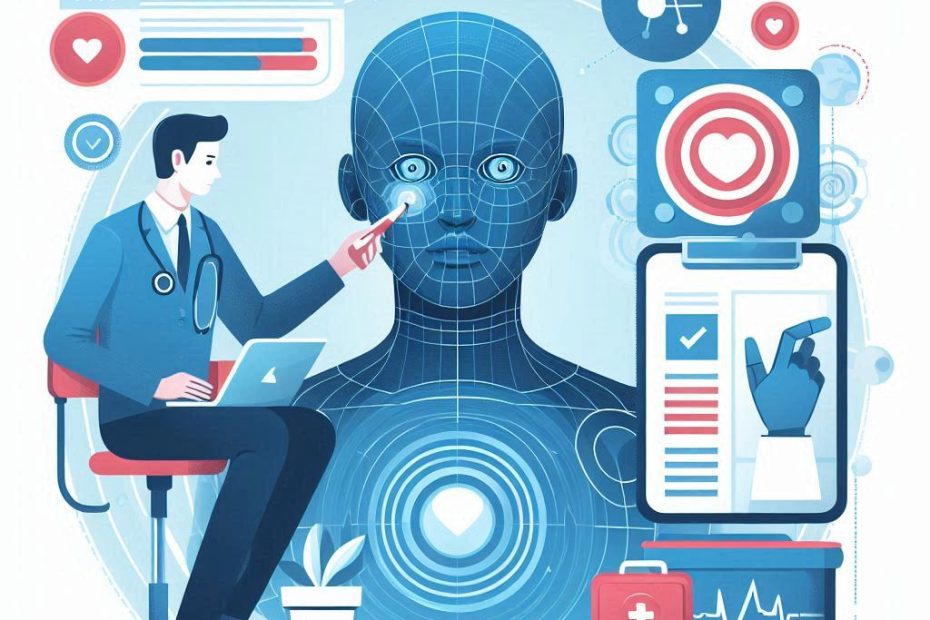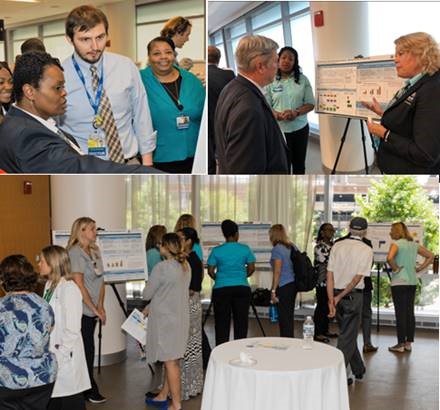AI on AI: Chatter That Matters: Using Chatbots to Improve Patient-Provider Communication
By Dr. Albert Wu. “The best course of action for your symptoms is benign neglect” advised the emergency room doctor. Susan Sheridan had developed sudden… Read More »AI on AI: Chatter That Matters: Using Chatbots to Improve Patient-Provider Communication







